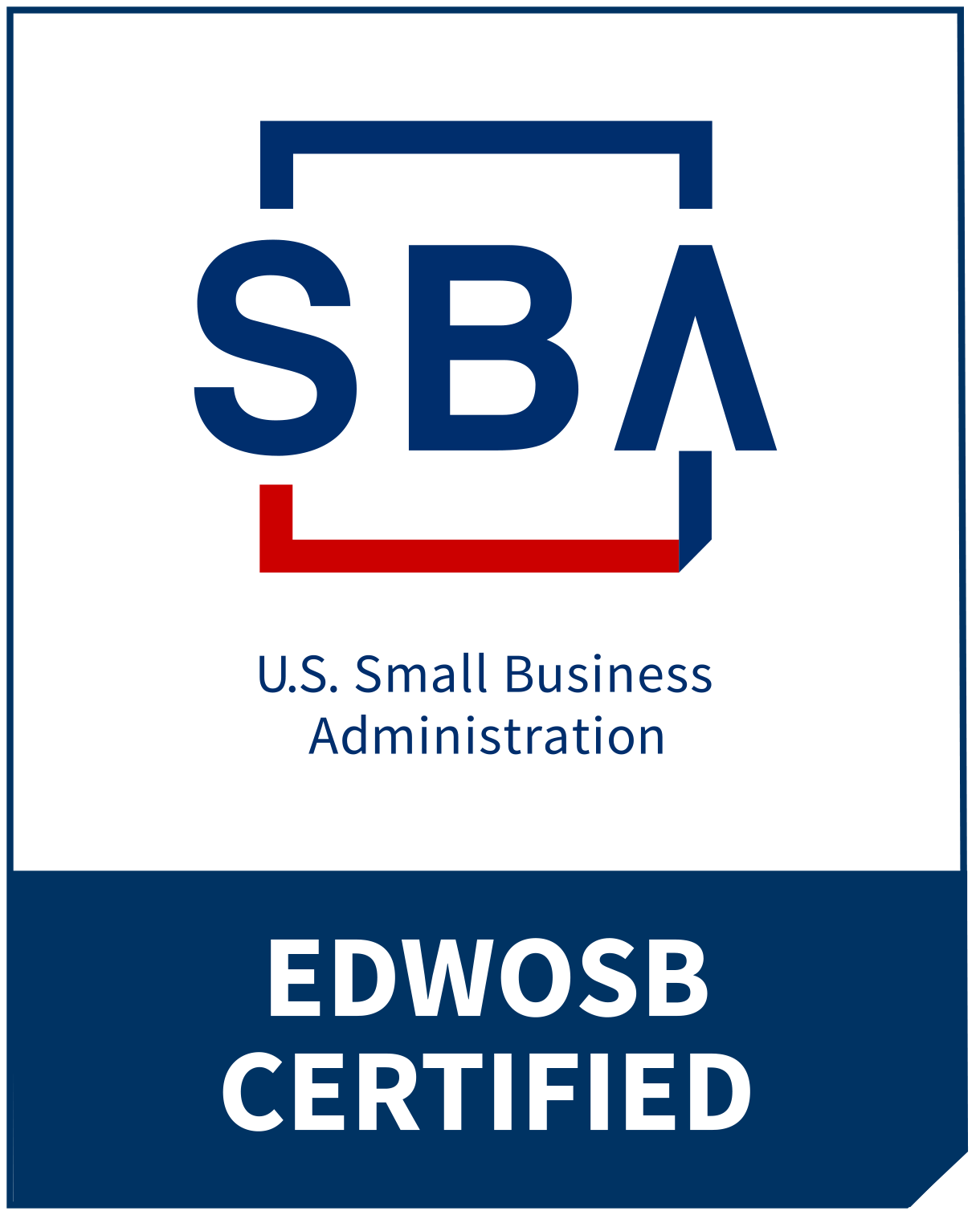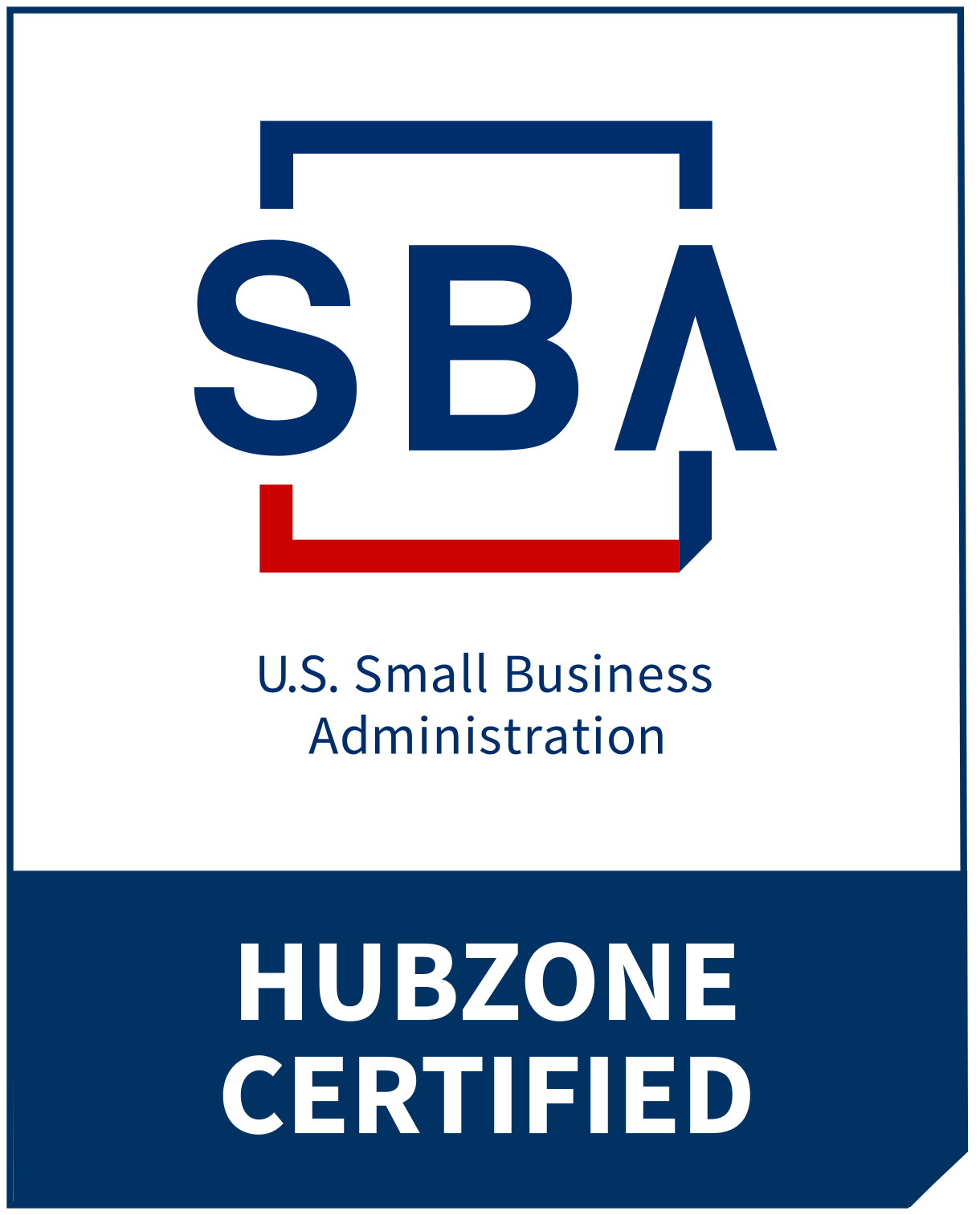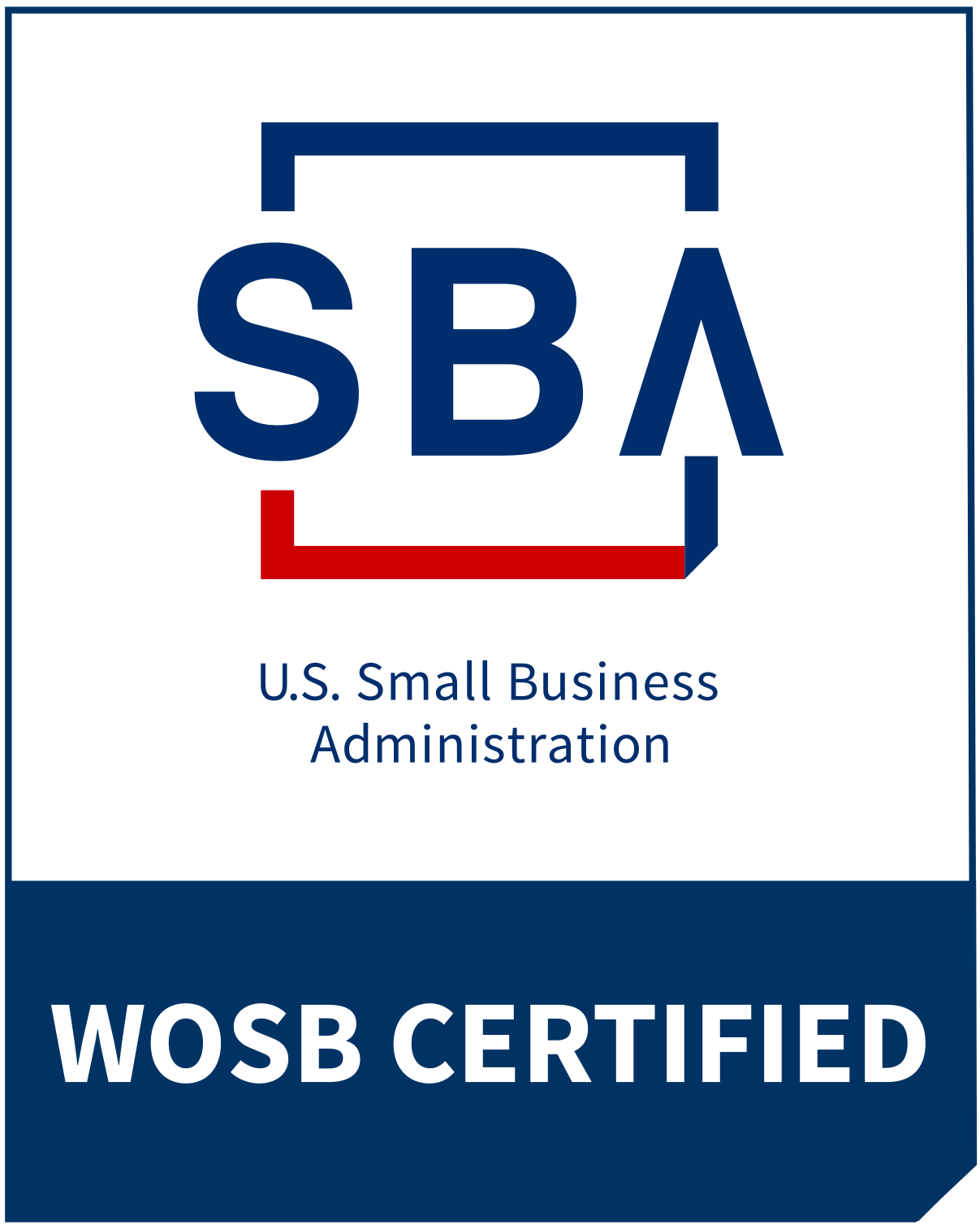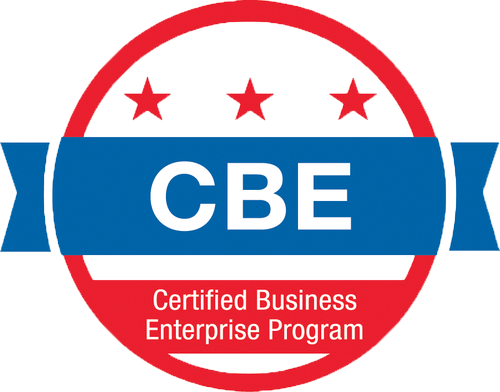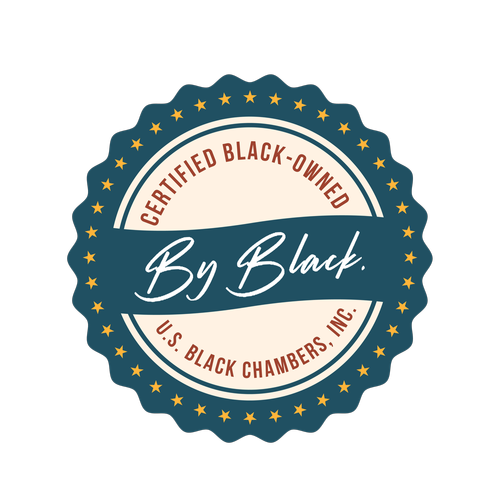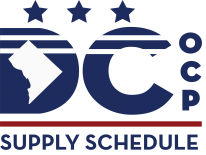If you run a service-based business in DC—like a doctor, cleaner, landscaper, or contractor—your website does more than represent your brand. It’s your 24/7 sales tool, booking agent, and first impression. But most small business websites aren’t designed to convert. They confuse visitors, load slowly, or bury the call to action three scrolls down.
So what does high-performing web design look like? Let’s break down the essentials, from user experience (UX) to website conversion strategy—and show you how District Consulting helps service brands level up online.
Why Design Matters More Than Ever
It might be sad to say, but fact is these days most people are starved for time and attention. You have about 3–5 seconds to convince a visitor they’re in the right place. If your site is confusing, slow, or unclear – people leave. That’s more than a design issue. That’s a revenue issue.
Good web design is more than looking pretty – it’s about making people feel confident enough to take the next step beyond looking to book, call, or buy. So how can your business foster that digital trust and reputation with potential customers?
Start With the Basics: Responsive Design That’s Fast, and Clear
According to Hubspot 40% of small business website traffic comes from mobile devices. That means your site must work flawlessly on a phone—not just a desktop.
Speed also matters. Google recommends your site load in under three seconds. If it doesn’t, most visitors won’t wait around.
A few foundational checks:
-
Is your site mobile responsive?
-
Does it load in 3 seconds or less?
-
Is it secure (https) and easy to navigate?
Tools like Google’s Mobile-Friendly Test and PageSpeed Insights can help you quickly assess where you stand.
Your Homepage Needs to Work Harder
Visitors don’t want to hunt for answers. The best service business homepages immediately communicate:
-
Who you are
-
What you do
-
What to do next
At District Consulting, we often design homepages to start with a bold, benefit-focused headline (not a vague slogan), followed by a clear call to action—like “Book a Free Estimate” or “Schedule a Consultation.” Then we introduce the services, offer social proof, and repeat the CTA. It’s a formula that works.
Optimize Your Calls to Action (CTAs)
If your website uses “Submit” as a button label, it’s time for an upgrade.
Calls to action should be specific and benefit-driven. Phrases like “Get My Free Quote,” “Book Now,” or “See Packages” tell visitors what happens next—and why it’s worth clicking.
Place CTAs high on the page (above the fold) and throughout your site—on your homepage, service pages, and even your About page. Don’t make people scroll endlessly to act.
What works better: clear action-oriented copy
- “Get a Free Quote”
- “Schedule an Intro Call”
- “Check Our Pricing”
- Use buttons—not just text links—and repeat them across the page
Show You’re Trustworthy
Trust sells. Period.
That’s why successful service-based websites make space for testimonials, Google reviews, and recognizable certifications. If you’ve been featured in a publication or worked with a notable client, highlight that too.
We often recommend embedding your Google reviews feed directly on your site using tools like Elfsight or using screenshot testimonials with names and photos for credibility.
Content That Converts: Keep It Clear and Skimmable
Service websites don’t need flowery language—they need clarity.
Instead of overwhelming visitors with paragraphs, guide them with bold headings, short text blocks, and visuals. The tone should sound like how you talk to clients in person: helpful, confident, and jargon-free (unless you’re targeting a technical audience).
Your Services Page Isn’t Just a List
Too many service providers just list what they offer. But your services page is where most potential clients decide whether to contact you—so make it persuasive.
Start each section with a headline that focuses on a benefit or result. Include a short description, optional pricing context (“starting at $149”), and a CTA to schedule or inquire. Consider adding FAQs to address objections or uncertainty right on the page.
How We Audit and Improve Service Websites
At District Consulting, our website audits go beyond templates. We use:
-
Google PageSpeed Insights to assess load speed and performance
-
Hotjar to review heatmaps and scroll behavior
-
Screaming Frog for technical SEO issues
-
Our UX + CTA checklist built specifically for service-based brands
After we pinpoint what’s working and what’s not, we redesign pages with conversion strategy top of mind—no fluff, no guesswork.
Common Mistakes We See (and Fix)
Too many small business sites share the same traps:
-
The CTA is buried—or worse, missing entirely
-
Sliders and popups slow things down
-
Contact forms ask too many questions
-
Fonts, colors, and tone feel inconsistent
-
Service descriptions are vague or hard to find
These might seem minor, but they create friction—and friction kills conversions.
Ready for a Website That Pulls Its Weight?
Your website isn’t just a box to check. It’s your brand’s digital storefront, lead generator, and first handshake.
If your current site isn’t helping you book more calls or convert more visitors, it’s time to rethink how it works.
📥 Book a strategic audit with District Consulting
Or see how we help with web design for small businesses
We specialize in sites that don’t just look good—they get results.
FAQs: Web Design for Service-Based Businesses
Why is web design important for service-based businesses?
Your website is often the first impression. A well-designed site builds trust, explains your services, and encourages users to take action – whether that’s booking an appointment or requesting a quote.
What is a “conversion strategy” in web design?
A website conversion strategy is a deliberate plan to turn visitors into leads or customers. This includes things like prominent call-to-action buttons, clean navigation, trust signals, and fast loading speeds.
How often should I update my website?
You should audit your website at least once per year or whenever your services, branding, or business goals change. Tech updates (like ADA compliance or Core Web Vitals) may require more frequent check-ins.
What tools does District Consulting use for audits?
We use tools like Google tools like PageSpeed Insights, Analytics and Search Console, heatmaps, and SEMrush or Screaming Frog to identify technical and content issues. We also conduct UX walkthroughs customized for service industries.
Is WordPress still the best option for small business websites?
WordPress remains a top choice for flexibility and SEO. But we also support other platforms like Squarespace, Wix, Shopify or Webflow depending on your business needs and growth stage.


